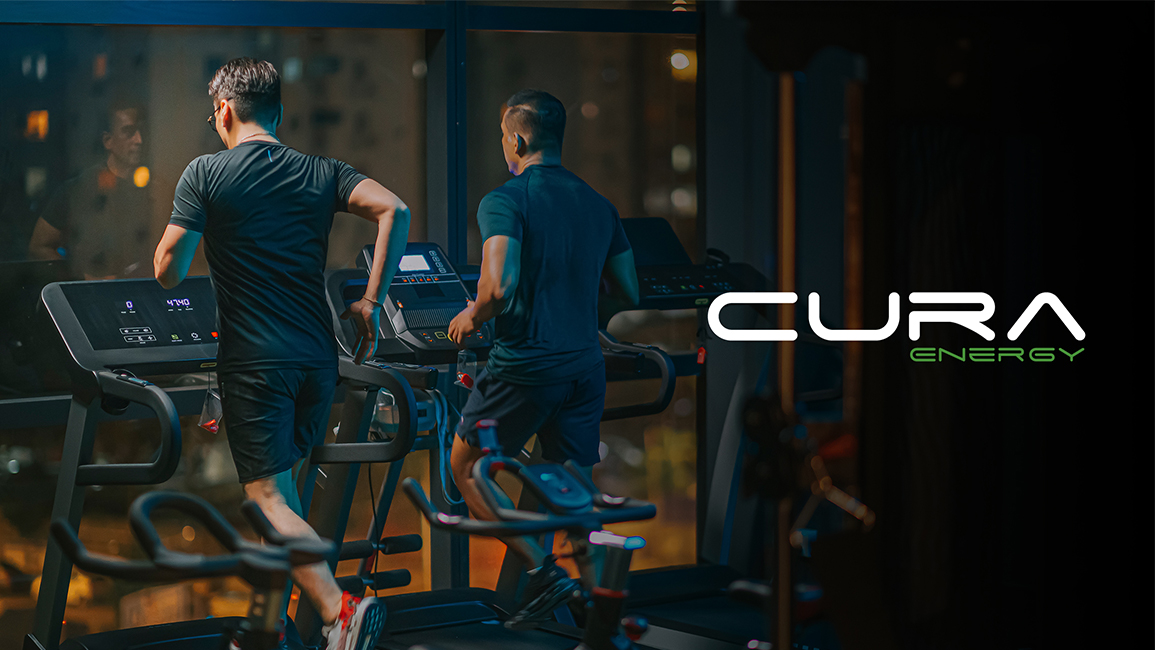Can 24 hour gyms be energy efficient?
The energy efficiency challenges for 24 hour gyms are greater.
Over 1 million UK gym-goers use 24 hour gyms because they are convenient, cheap and accessible. But with such longer opening times, can gym-goers still be sure that their choice of gym membership is not having a negative impact on the environment?
The short answer is: yes, they can.
So, how do 24 hour gyms maximise their energy efficiency?
To maximise energy efficiency, most 24 hour gyms will:
· Install motion sensors in their changing rooms. These motion sensors detect when people are entering/leaving the room and adjust the lighting accordingly.
· Divide their floorplans into sections. By strategically placing equipment, hydration stations, and toilets in certain areas, the gym can power off certain rooms during quieter periods.
· Hold exercise classes. Instead of members attending during quieter periods and powering unused supplies, 24 hour gyms encourage their members to attend scheduled exercise classes all at the same time. This gives 24 hour gyms better control over their periods of activity.
· Upgrade their equipment. When 24 hour gyms upgrade to more energy efficient equipment, they are ensuring that energy used to power their supplies is not wasted and is utilised as efficiently as possible.
Can 24 hour gyms benefit from a Building Management System (BMS)?
For most 24 hour gyms, installing a mini BMS solution will be completely transformative in improving their energy efficiency. The mini BMS solutions that we install have a multitude of energy efficiency benefits for both 24 hour and standard gyms, including:
· Well maintained CO2 levels. By introducing CO2 sensors, the CO2 levels of the gym’s atmosphere can be more accurately monitored and controlled. This makes the atmosphere cleaner, reduces occupant sluggishness and improves the energy efficiency of ventilation systems.
· Temperature control. Sensors that monitor and control temperature can adjust AC/heating accordingly so that no energy is wasted providing excessive heat or air conditioning.
· Secondary water/heat meters. The metering that we install allows gym owners access to concrete data regarding their current usage levels. This will, in turn, detect any faults that appear before they become serious issues, and will aid in the process of implementing new, more energy efficient procedures/equipment for both water and heating.
· Electricity metering. Used to achieve BREEAM requirements.
· Monitoring of equipment. By monitoring gym equipment’s energy usage, informed decisions can be made and patterns can be identified to improve efficiency and improve running costs.
Can 24 hour gyms benefit from a Energy Monitoring System (EMS)?
An energy monitoring system will be of great benefit to gym/leisure facility owners. It will enable them to identify energy consumption patterns via user-friendly visualisations of their energy data. This data can then be used to identify areas for improvement within your facility's operations. Granular, real-time data also allows for better predictive maintenance as abnormalities in data may indicate the presence of faults within equipment, allowing any faults to be discovered before they prove costly to the operational efficiency of your facility.
In conclusion...
With the use of CO2 sensors, scheduled classes, and well maintained equipment, 24 hour gyms are able to maximise their energy efficiency and improve their carbon commitments. The most efficient 24 hour gyms are also using building management systems and energy monitoring systems to accurately monitor and control the energy consumption of their supplies.
We have lots of experience in the implementation of mini BMS for the leisure industry. Please contact one of our experts today to discuss how we could help you to enhance the operations of your facility.
